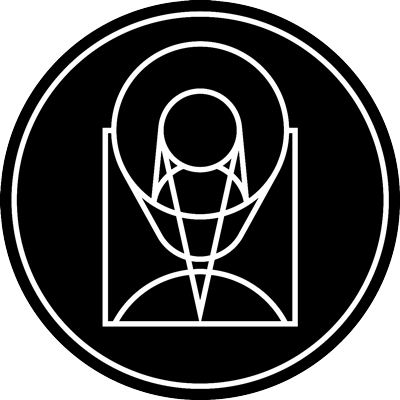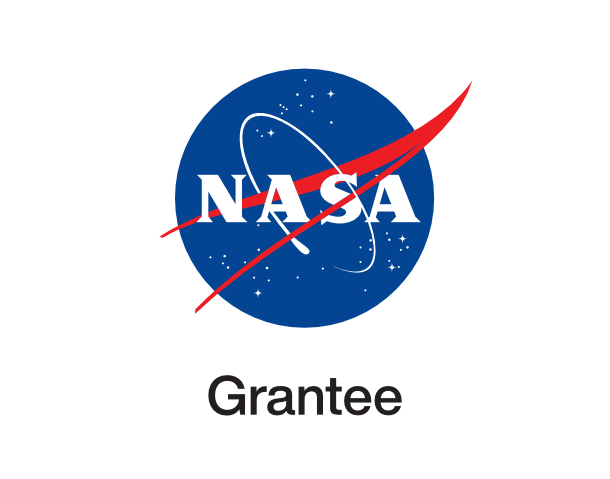Einstein Cross

noirlab_noao-q2237 June 30th, 2020
Credit: J.Rhoads, S.Malhotra, I.Dell'Antonio (NOAO)/WIYN/NOIRLab/NSF
This picture of the gravitationally lensed quasar Q2237+0305 and the associated lensing spiral galaxy was taken by the 3.5-meter WIYN telescope, on the night of October 4, 1999. This system is also known as Huchra's Lens, after its discoverer, and the Einstein Cross, because it is such an excellent example of the phenomenon of gravitational lensing, postulated by Einstein as soon as he realised that gravity would be able to bend light and thus could have lens-like effects. The four separate appearances of the same redshift 1.7 quasar are created by the redshift 0.04 galaxy whose nucleus is nicely bracketed by the quasar images. It might seem surprising that such a close alignment exists, with a galaxy exactly along the line of sight from Earth to a distant quasar, but one should remember that the Universe is large enough that unlikely things happen really quite often. This is an especially important example of a gravitational lens, because the close alignment of the galaxy nucleus and the quasar mean that the four images undergo color and brightness variations with a time scale of only a day or so. These changes can be modelled theoretically and easily monitored observationally. This is a two-color picture combining red and green images, using careful processing both to reveal the strongly blue nature of the quasar, as compared to the galaxy, and to show simultaneously the very bright quasar images and the very faint structure of the lensing galaxy.
Provider: NOIRLab
Image Source: https://noirlab.edu/public/images/noao-q2237/
Curator: NSF's NOIRLab, Tucson, AZ, USA
Image Use Policy: Creative Commons Attribution 4.0 International License

- ID
- noao-q2237
- Subject Category
- Subject Name
- QSO J2240+0321
- Credits
- J.Rhoads, S.Malhotra, I.Dell'Antonio (NOAO)/WIYN/NOIRLab/NSF
- Release Date
- 2020-06-30T21:34:00
- Lightyears
- Redshift
- Reference Url
- https://noirlab.edu/public/images/noao-q2237/
- Type
- Observation
- Image Quality
- Distance Notes
- Facility
- WIYN 3.5-meter Telescope, WIYN 3.5-meter Telescope
- Instrument
- None, None
- Color Assignment
- Red, Green
- Band
- Optical, Optical
- Bandpass
- None, None
- Central Wavelength
- Start Time
- Integration Time
- Dataset ID
- None, None
- Notes
- Coordinate Frame
- ICRS
- Equinox
- J2000
- Reference Value
- 340.125616248, 3.3585680273
- Reference Dimension
- 1024.0, 680.0
- Reference Pixel
- 512.0, 340.0
- Scale
- -2.75772295167e-05, 2.75772295167e-05
- Rotation
- 0.78000000000000025
- Coordinate System Projection:
- TAN
- Quality
- Full
- FITS Header
- Notes
- Creator (Curator)
- NSF's NOIRLab
- URL
- https://noirlab.edu
- Name
- Telephone
- Address
- 950 North Cherry Ave.
- City
- Tucson
- State/Province
- AZ
- Postal Code
- 85719
- Country
- USA
- Rights
- Creative Commons Attribution 4.0 International License
- Publisher
- NSF's NOIRLab
- Publisher ID
- noirlab
- Resource ID
- noao-q2237
- Resource URL
- http://noirlab.edu/public/media/archives/images/original/noao-q2237.tif
- Related Resources
- Metadata Date
- 2024-10-02T11:52:24.699721
- Metadata Version
- 1.1
Detailed color mapping information coming soon...








